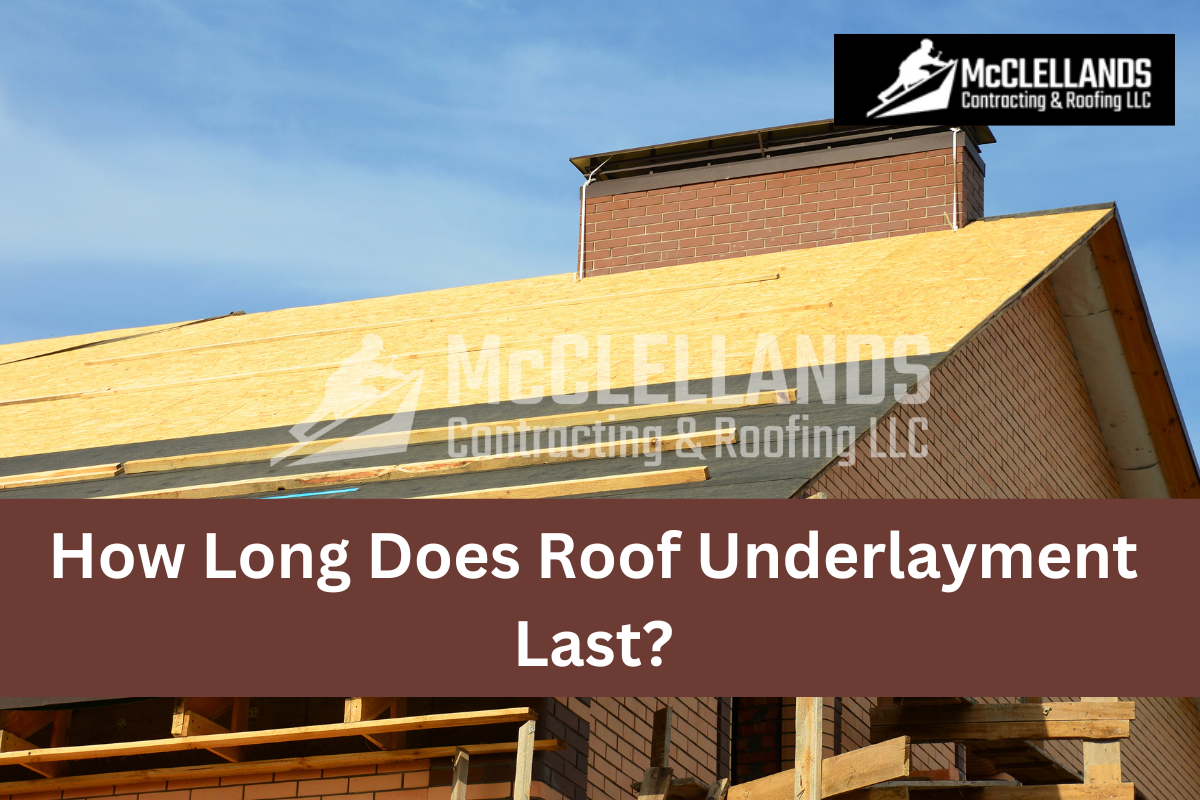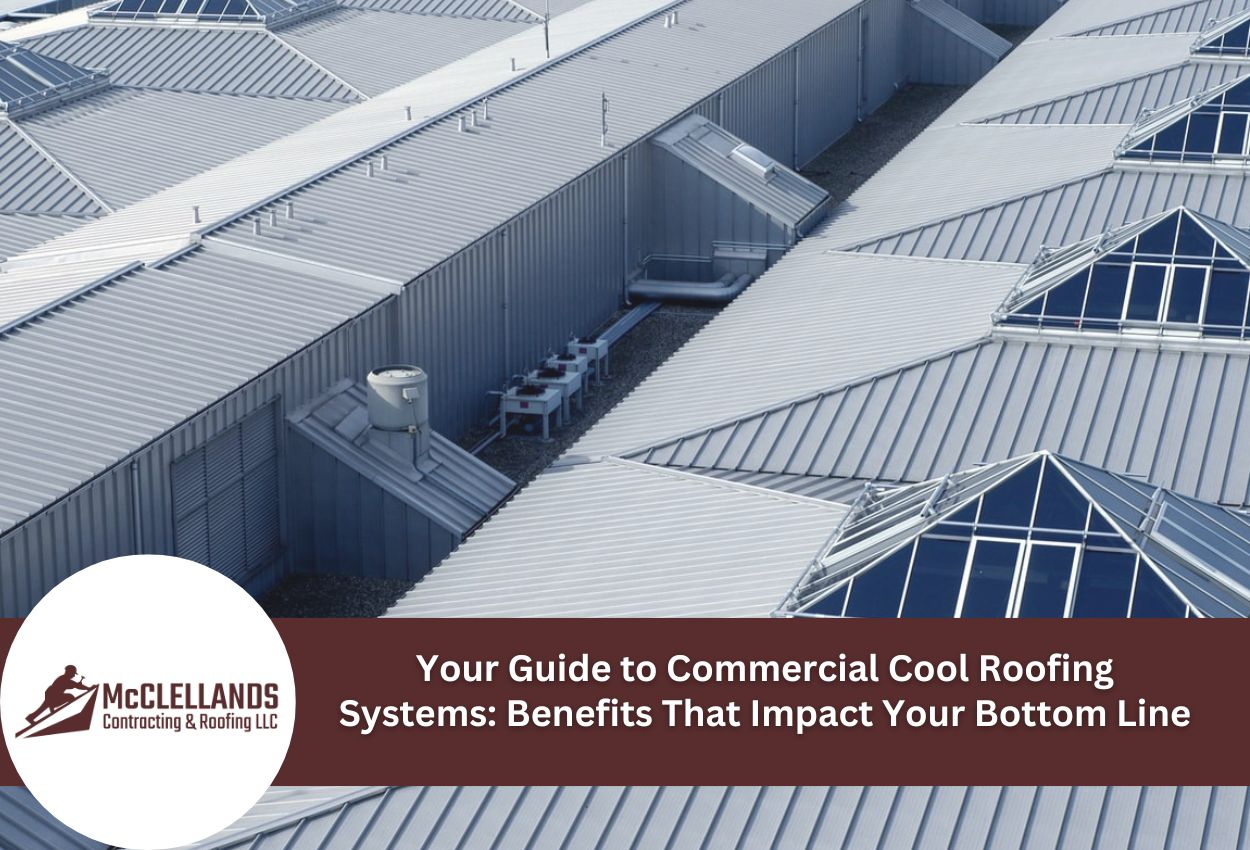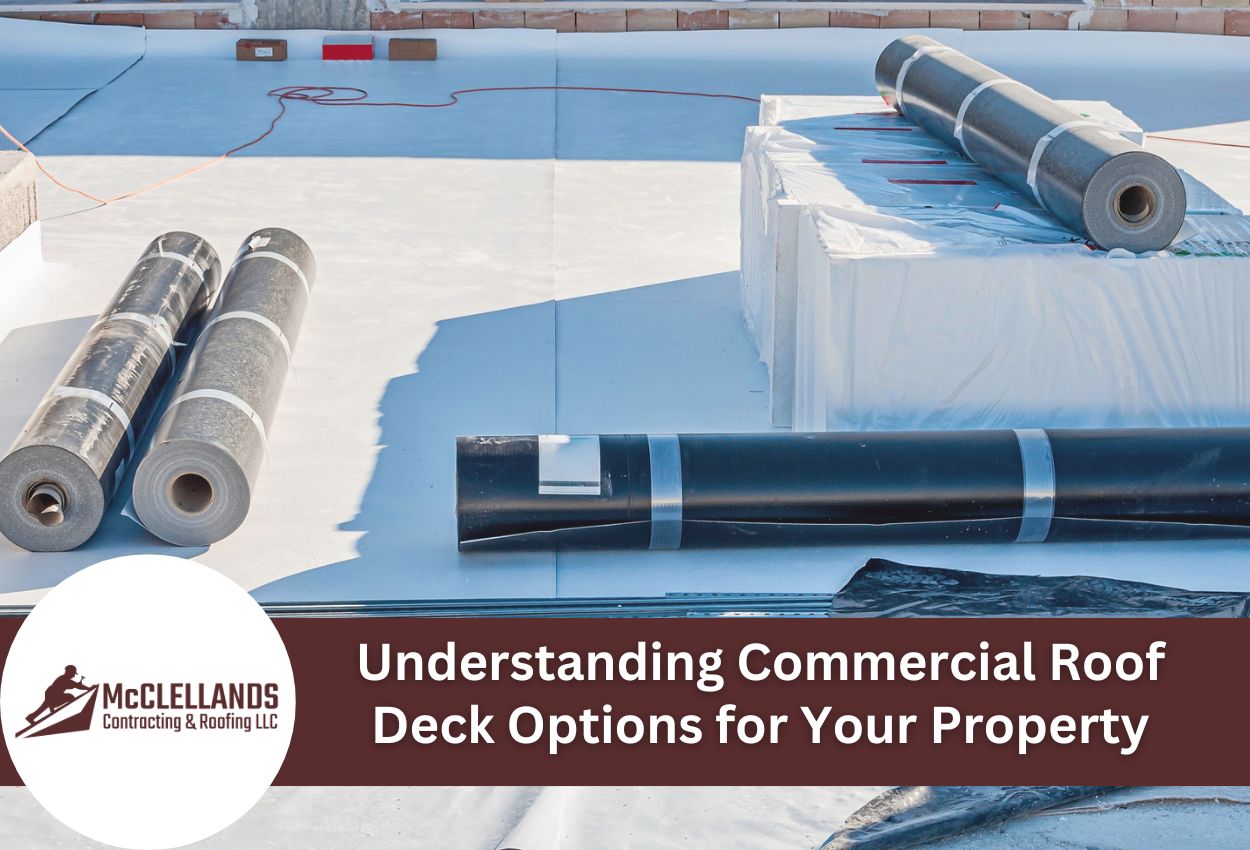Underlayment plays a crucial role in the longevity and performance of your roofing system. This protective layer, installed between the roof deck and the roofing material like shingles or tiles, is a barrier against moisture and potential leaks.
Underlayment also creates a smooth surface for installing shingles or tiles, guaranteeing a secure and consistent fit. On average, a roof underlayment lasts for 15 to 20 years.
In this blog post, we have covered the factors that influence the durability of underlayments and the average life estimation for different types of roof underlayments.
What Is The Estimated Lifespan Of Different Types of Roof Underlayment?
Here is a detailed estimation of the average lifespan of common types of roof underlayment:
#1 Synthetic Underlayment
Synthetic underlayment is made of tough materials that effectively resist water and UV rays. Its textured surface provides improved traction for roofers, making it safer to work on sloped roofs, especially in wet or icy conditions.
Estimated lifespan: 20 to 35 years.

#2 Rubberized Asphalt Underlayment
Rubberized asphalt underlayment is made by combining recycled rubber with asphalt. It offers leakproofing and durability to your roof.
Estimated lifespan: 25 to 35 years.
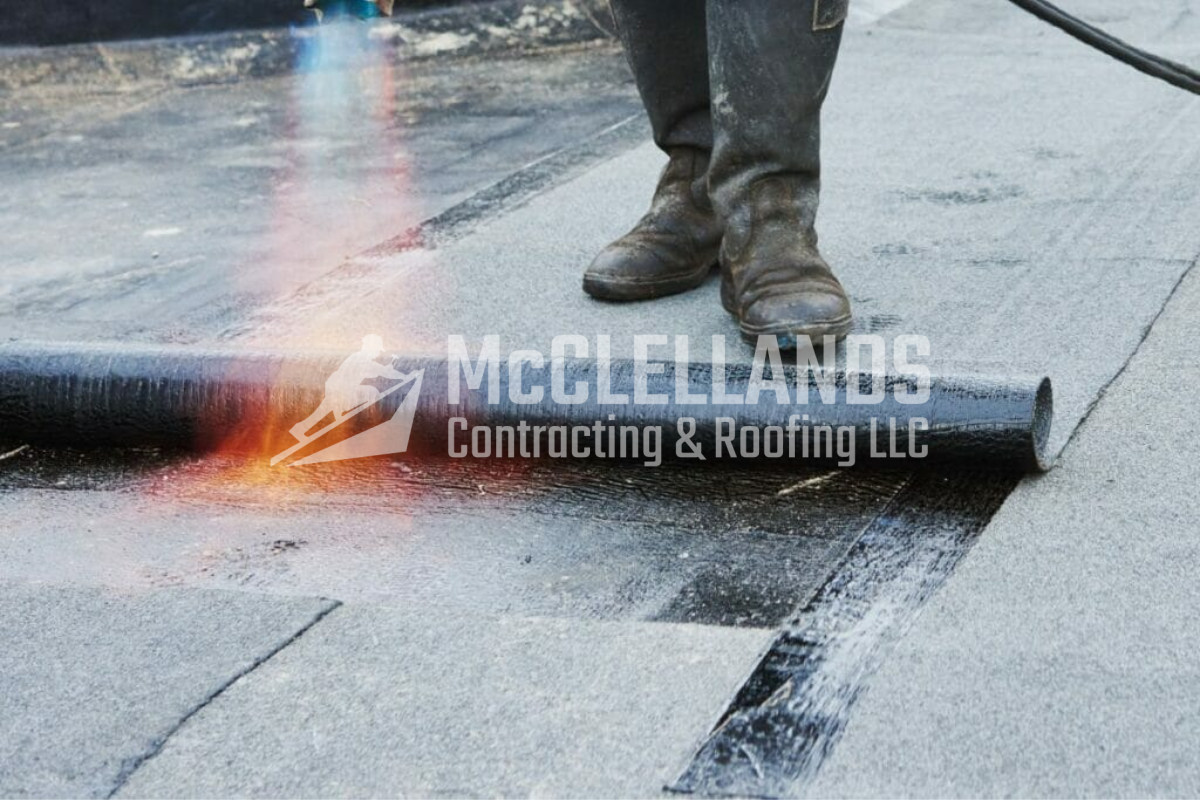
#3 Felt Underlayment
Felt underlayment is a fiberglass mat coated with asphalt. It is a traditional type of roof underlayment and can be used under metal roofs, shingles, or tiles.
Thicker felt underlayment lasts longer than thinner felt. However, thicker felt has its own disadvantages, due to their heavier nature they are not recommended for older homes that are not structured to support the weight.
Estimated lifespan: 10 to 20 years.
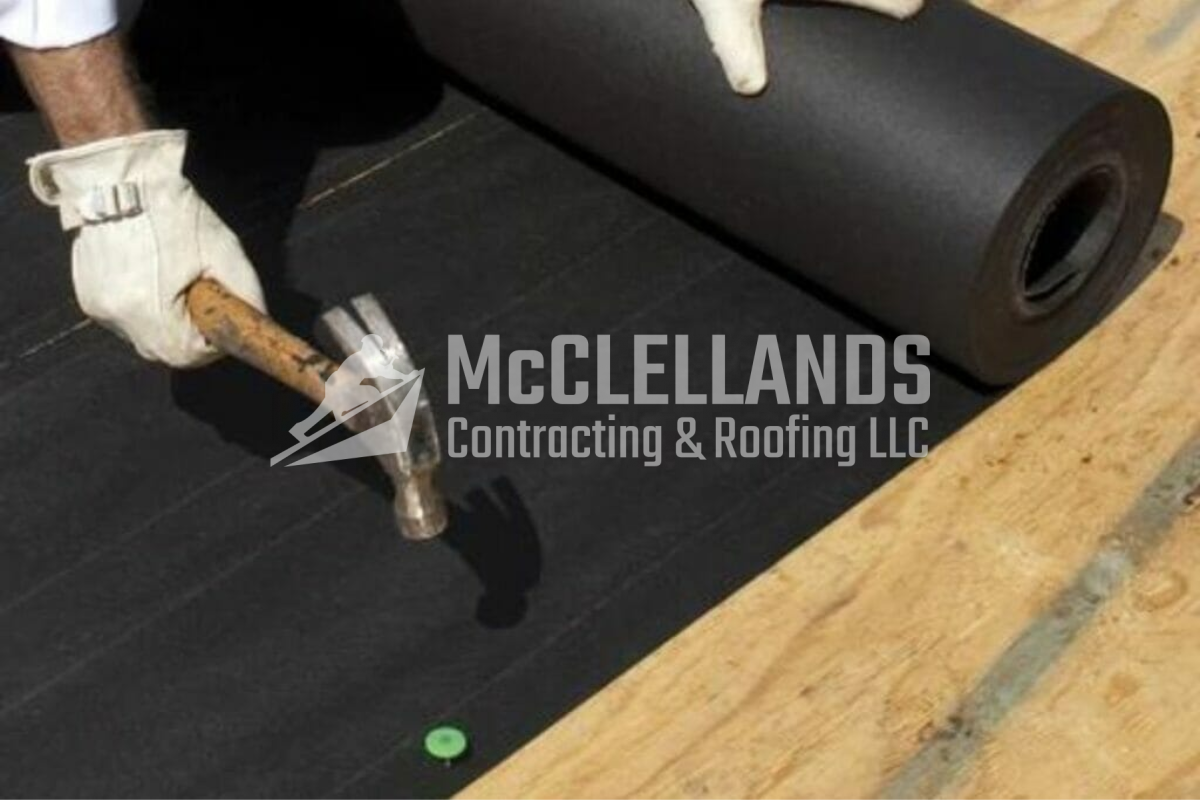
What Factors Affect The Lifespan Of Roofing Underlayments?
How long your roof underlayment lasts can vary depending on certain factors, including the type of material, quality of installation, exposure to weather conditions, and maintenance practices. Here are certain factors that affect the lifespan of a roof underlayment:
1. Type of Underlayment Material
As mentioned earlier, felt, rubberized asphalt, and synthetic underlayments have different lifespans. Generally, high-quality synthetic underlayments tend to last longer than felt, as they are more resistant to moisture and UV damage.
2. Quality of Installation
Proper installation is important for the enhanced lifespan of a roof underlayment. If the underlayment is not installed correctly, with sufficient overlap and secure fastening, it can lead to premature failure. Hiring experienced and reputable roofing contractors is essential to ensure the underlayment is installed according to manufacturer specifications and industry best practices.
3. Weather Conditions
The local climate can affect the lifespan of your roof underlayment. Regions with extreme temperatures, high humidity, or frequent exposure to severe weather events like hail, heavy rain, or strong winds can accelerate the deterioration of underlayment. UV radiation from sunlight can also cause premature aging of the material.
4. Roof Ventilation
Proper ventilation is important for maintaining the integrity of the underlayment. If the attic space is poorly ventilated, it can result in moisture buildup, which can compromise the underlayment's effectiveness and shorten its lifespan.
5. Maintenance and Inspections
Maintainance is integral for avoiding potential issues. Regular inspections help you find potential trouble with the underlayment before it becomes a major problem. Addressing minor repairs or replacements on time prevents more costly repairs in the future.
When Should You Replace Your Underlayment?
Knowing the signs of underlayment failure is crucial to spot and address issues promptly and avoid further harm to your roofing system. Here are some common indicators that your roof underlayment may need replacement:
1. Water Stains or Leaks
If you notice any water stains or leakage issues on your ceilings or walls, it could be a sign that the underlayment has failed, allowing moisture to penetrate the interior of your home.
2. Wrinkles or Bubbles
If you see wrinkles, bubbles, or other deformations in the underlayment, it could indicate that the material has become loose or degraded, compromising its effectiveness.
3. Visible Damage or Deterioration
Over time, the underlayment may become visibly worn or damaged due to exposure to weather conditions, UV radiation, or physical impacts. If you notice areas of the underlayment that appear cracked, torn, or significantly deteriorated, it's likely time for replacement.
4. Roof Age
Even if you don't notice any visible signs of failure, it's important to consider the age of your roof and underlayment. Most roofing professionals recommend replacing the underlayment when you're due for a full roof replacement, which typically occurs every 20 to 30 years, depending on the roofing material.
How Can You Extend The Lifespan Of The Roofing Underlayment?
While roof underlayment has a limited lifespan, there are a few points you can consider to help extend its durability and ensure it provides maximum protection for your roofing system:
1. Choose High-Quality Materials
Investing in a high-quality, industry-certified, moisture-resistant synthetic underlayment can significantly increase its lifespan compared to felt or lower-grade materials.
2. Proper Installation
Make sure your underlayment is installed by experienced professionals who follow manufacturer guidelines and industry best practices. Proper installation techniques, such as adequate overlapping and secure fastening, can help prevent premature failure.
3. Adequate Ventilation
Maintain proper roof ventilation to prevent moisture buildup and excessive heat in the attic space, which can accelerate the deterioration of the underlayment.
4. Regular Inspections and Maintenance
Schedule regular roof inspections to identify any potential issues with the underlayment or roofing system. Prompt repairs or replacements can prevent further damage, so consider scheduling a professional roof inspection at least once a year to extend the lifespan of your roof and underlayment.
5. Consider Roof Replacement Timing
When it's time for a full roof replacement, be sure to replace the underlayment as well. This ensures that your new roofing system has a fresh, high-quality underlayment to provide optimal protection.
Final Thoughts
Roof underlayment plays a pivotal role in protecting your home and is a primary layer that ensures the longevity of your roofing system. While the lifespan of your underlayment can vary depending on factors like material type, installation quality, weather conditions, and maintenance practices, understanding these can help you make informed decisions.
Remember, investing in a reliable underlayment and taking proactive measures to protect your roofing system can save you money and headaches in the long run.
Consulting with experts in your area can give you a better understanding of roof underlayment lifespans in your climate.
Call McClellands Contracting and Roofing For Your Roof Replacement In Pittsburgh
If you are looking for a reliable partner to help with your roof replacement project, we are here to assist you. With years of experience and numerous successful roof installations, our team at McClellands Contracting and Roofing guarantees quality workmanship.
We have a team of excellent roofers who are dedicated to performing quality roof replacement services. Whether commercial or residential, we’ve got you covered for all your contracting and roofing needs. For more information or a free consultation, call us today at (412) 353-5660.

